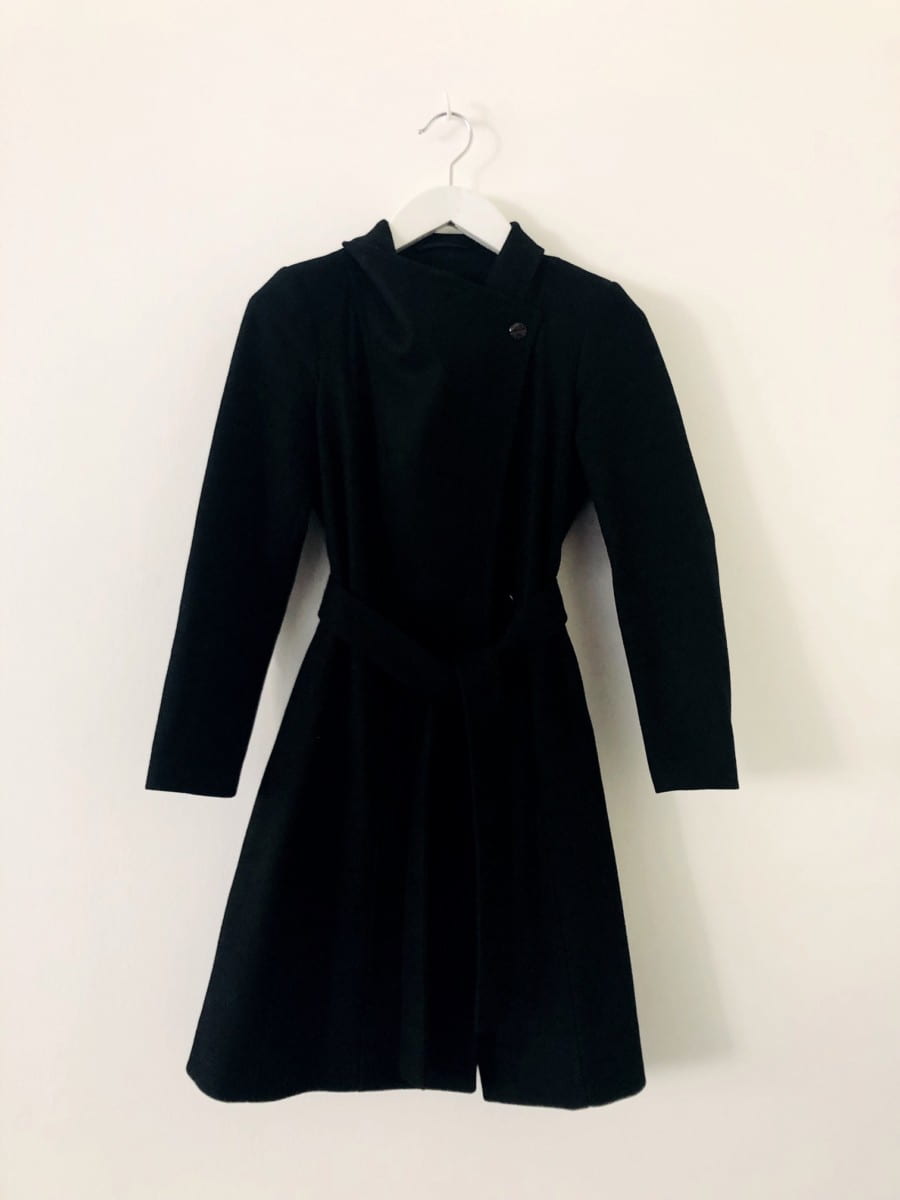A recent trip to New York was revealing not because of the shopping or food although they were as varied and wonderful as ever, but I was struck by the number of tattoos proudly worn by people from across the social strata. These tattoos were extensive and showed a permanent commitment to ritual and adornment that clothes cannot and do not involve. This increase in the use of our own skin to express thoughts about who and what we are prompted me to reflect on how and why we still use skins.
Using animal skins for clothing, like tattooing, is not really necessary in the 21st century. We don’t need animal skins; there are more effective contemporary fibres to keep us warm and our feet can be protected by a range of new materials including fish skins. Equally we don’t need tattoos to express our identity or communicate what contemporary tribe we belong to –we have plenty of clothes and jewellery at affordable prices to do this for us and it has never been an intrinsic part of British or US culture. So what is it about skins that still fascinate us and what does this say about our relationship, our sense of fraternity to other species that occupy this planet?
For centuries we have been converting animal skins and hides into leather. Despite the passage of time, it is still a complex, multi-stage process that begins with the rearing and subsequent slaughter of animals such as cattle, sheep and goats. These animals tend to be reared for their meat, milk or wool and consumers often justify wearing leather because it is a by-product of the meat industry and these skins and hides would otherwise be treated as waste product. The leather processing industry often promotes itself as being environmentally friendly because it makes use of this unwanted waste product. Yet, only 20-30% of skin/hide is converted into leather, with the remaining material generally being discarded.. During several stages of the leather processing, severe biological, chemical and mechanical involving, for example, salt and sulphide treatments are applied to the skins/hides mostly in huge vats of water, leaving, as an unavoidable consequence, wastewaters and effluents which contain high levels of several harmful pollutants. These wastewaters also contain significant levels of unwanted hide and flesh and other solid waste which must be collected and removed. Increasingly stringent regulation has placed pressure on the leather processing industry to reduce its impact on the environment and the industry has developed new processes and technologies that reduce the levels of the harmful pollutants within the wastewater while also improving the associated wastewater treatment technologies.

Danielle Harding. BA (Hons) Make Up and Prosthetics for Performance
As consumers we know that leather is more ethically acceptable than fur because it doesn’t involve breeding animals simply for us to wear their skins. Yet, as with most ethical questions, the solutions are never simple. Leather is a material that we inherently respond to in terms of its quality, surface and flexibility – this season a leather dress, skirt or top is one of the must have items. As consumers of leather we need to be more responsible for putting pressure on the producers to keep developing improved processes and waste disposal methods. We need to keep asking questions of our retailers when we buy leather shoes, bags coats, dresses and tops about what they are doing to improve the manufacturing processes we all need to be aware and responsible for the impact of the waste from the items that we buy. How we treat our waste and manage every part of our resources is the great challenge facing us in the 21st century. In the ritual of creating a tattoo considering its impact on the body – where it is placed, what it signifies is a central part of the process, surely we should be equally careful in our use of leather. A tattoo takes time to create, you have to be careful about the effects of a tattoo on our skin and its long term consequences, surely we can be as careful and considerate about the use of other skins, so that we are all happy about the skin we are in.
For Sublime Magazine. Issue 42 Fraternite




